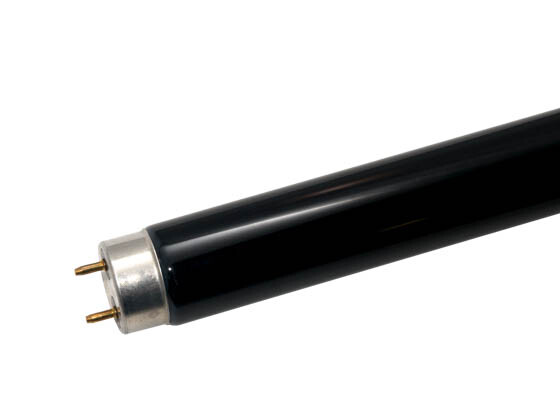

The color above red is called infra-red and the color below violet is called ultraviolet. However, other invisible “colors” exist above and below this spectrum. Unlike some insects, humans can only view the spectrum from red to violet. The colors visible to humans are determined by the wavelength of light energy. This article will discuss various bulbs and give you the information to choose an efficient black light for your project. This problem has dramatically increased recently with the advent of falsely labeled UV LED’s. Unfortunately, manufacturers use the words “Black Light” and “UV” carelessly and confusion follows. Invisible UV is particularly dangerous to the human eye because it cannot detect that damage is being done.Black lights are by far the most efficient way to charge glow in the dark paint and it is mandatory for fluorescent UV Reactive paint.Īnyone using phosphorescent or fluorescent paint and wants the best results possible will also need to understand black lights and the long wave ultraviolet light they emit. It is made for a specific purpose and should not be used by children or people unauthorised by you the tradesman. Our 365 nM UV light torch LEDs are manufactured to produce light be almost invisible to the naked eye. 350~370 nm: Bug zappers (flies are most attracted to light at 365 nm).Įye damage guaranteed from careless use.300~365 nm: Curing of polymers and printer inks.270~360 nm: Protein analysis, DNA sequencing, drug discovery.

200~400 nm: Forensic analysis, drug detection.240~280 nm: Disinfection, decontamination of surfaces and water (DNA absorption has a peak at 260 nm).230~400 nm: Optical sensors, various instrumentation.

This is how UV (Blacklight) wavelengths usually work: General rule of thumb is that the more visible UV light you see the less effective it will be for detailed, faint detection work. This can be misleading and should not be misinterpreted. You will see far more detail and in a greater range of colours in gemstones than any other wavelength.ģ65nM UV generate less unwanted “Interference Light” and they may naturally appear weaker or more white compared to the visible purple 395nM version.


 0 kommentar(er)
0 kommentar(er)
